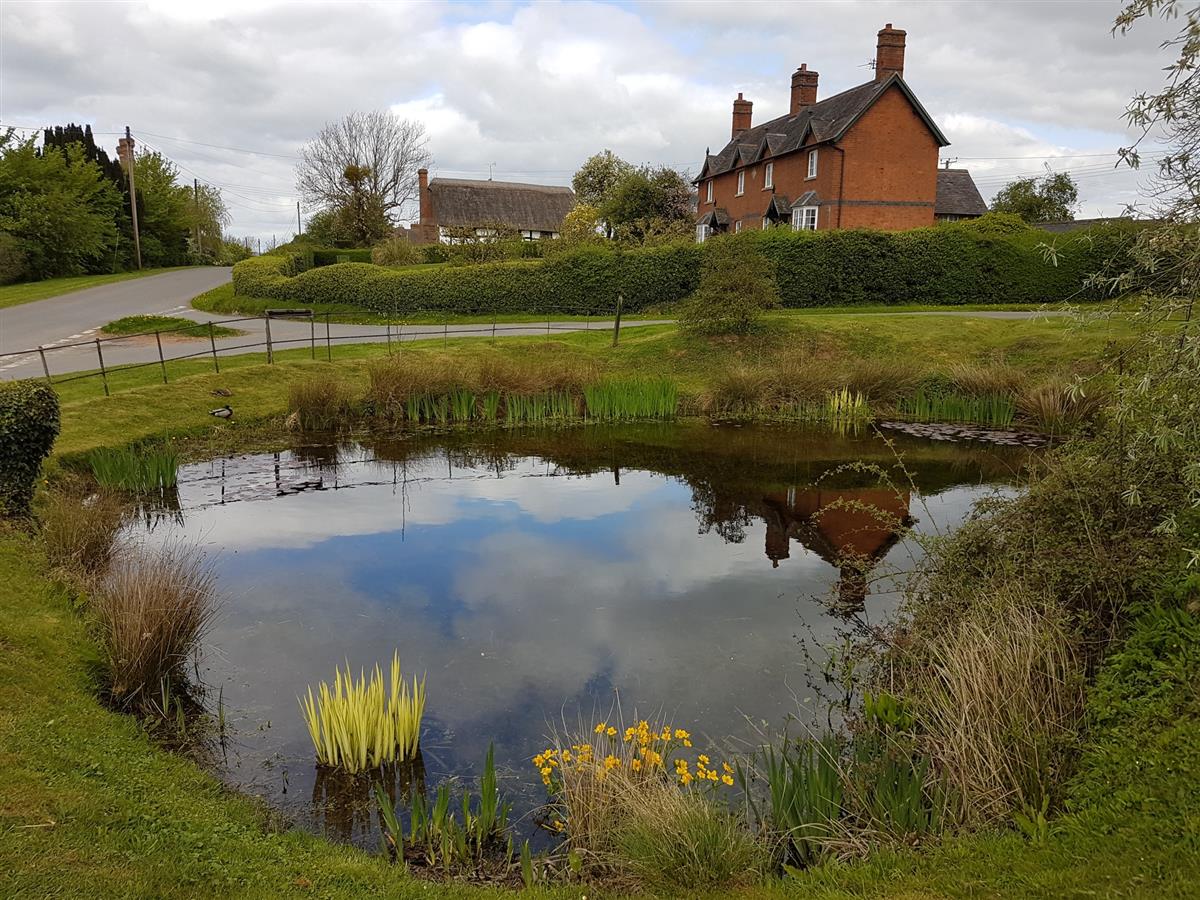
Forthampton is a beautiful, rural village on the west bank of the River Severn, opposite Tewkesbury. It was named in the Domesday Book as Forthelmetone, meaning “the farmstead associated with Forthelme”, who was a Saxon thegn. Until Thomas Telford’s “Mythe Bridge” was opened in 1826 access to the village from Tewkesbury was via the ferries at Upper and Lower Lode. The village is part of the Forthampton estate and the centre is now a conservation area.
In 1066 the manor of Forthampton and Swinley was little more than two scattered hamlets cleared in the Saxon royal forest of Malvern Chase, which stretched from the river Severn to the Malvern Hills. The manor was confiscated by William the Conqueror and in 1107 it was granted to the Abbot of Tewkesbury. On the death of Isaac Maddox, Bishop of Worcester, his daughter, Mary, inherited the manor and in 1762 she married James Yorke who later became the Bishop of St David’s Gloucester, and Ely. The Yorke family have retained the Forthampton Court estate since that time, owning most of the Parish (in 2007 John Yorke held the position of County High Sheriff of Herefordshire and Worcestershire).
The village has a number of historic points of interest.
- The medieval church of St Mary the Virgin may possibly have originally been the chapel of Forthelme (the Saxon thegn mentioned earlier). The stone altar dates from the thirteenth century and the tower is believed to have been added in the fourteenth century.
- The Burges alms-houses, with their decorative well-head lie to the east (top end) of the churchyard. Completed in 1865 they replaced what was known as the “Church House2 for the poor of the Parish.
- The village stocks and whipping post, complete with iron manacles and seating for three people, survive almost intact just outside the churchyard.
- The Pound Pool, at the bottom of the church drive, is believed to have been the ducking pool for scolding wives. The upright posts, on which the long pole with the seat on the end was fixed, have long since rotted away.
- The Cart Shed, located at the cross-roads in the centre of the village.
There is also a Village hall available for hire, and a Social Club. A number of social events are also held in the village church of St Mary’s. The church, which dates from the 12th century, receives many visitors keen to see the 14 medieval pews, the recently restored organ, and one of the few stone altars to have survived intact after the reformation.
This picturesque village is a haven for walkers with its numerous footpaths and bridleways, and is a regular destination for cyclists.